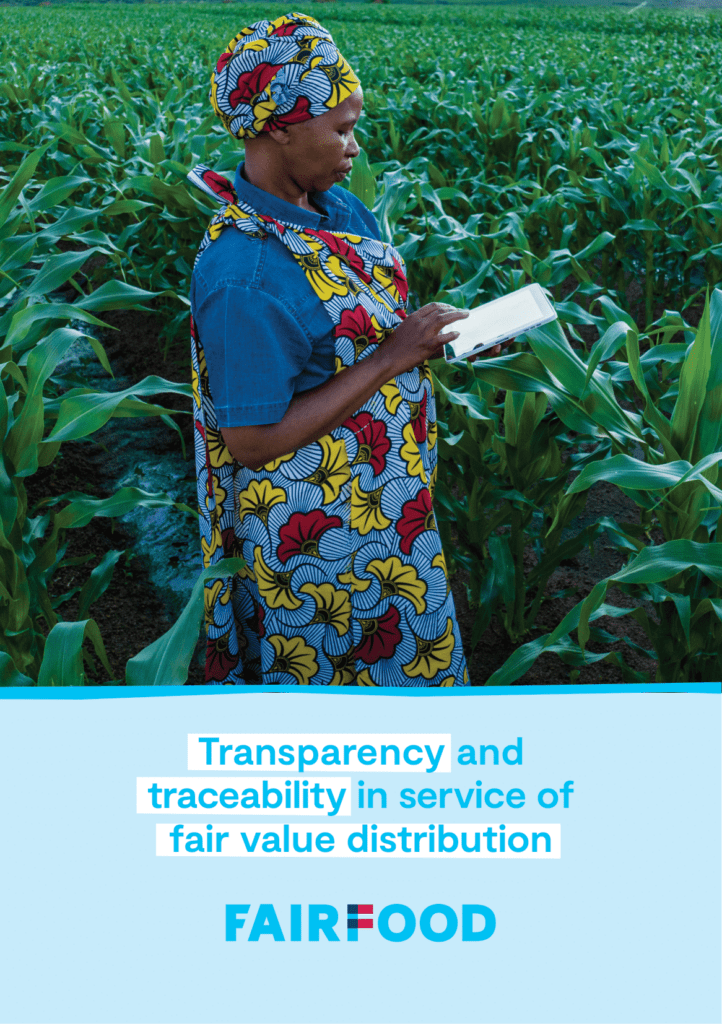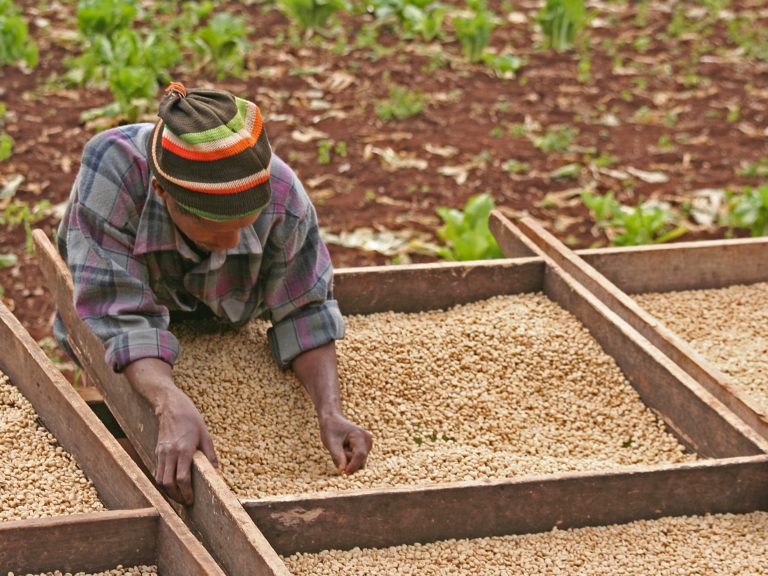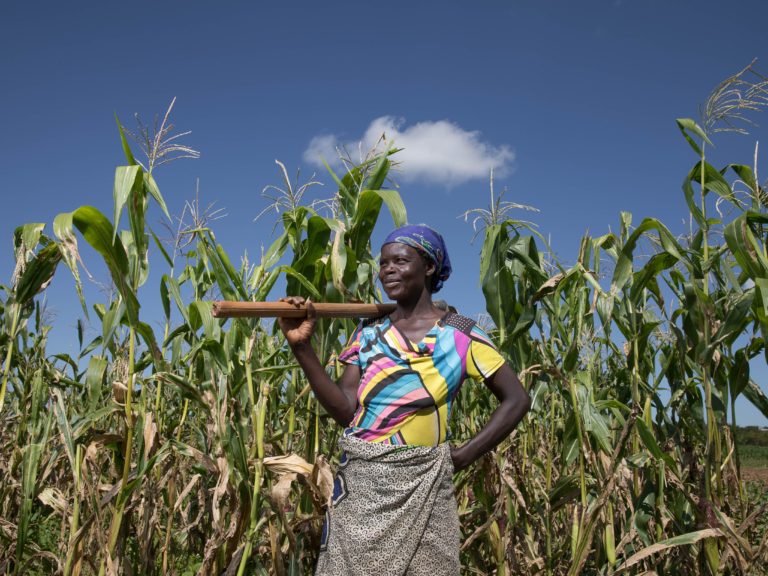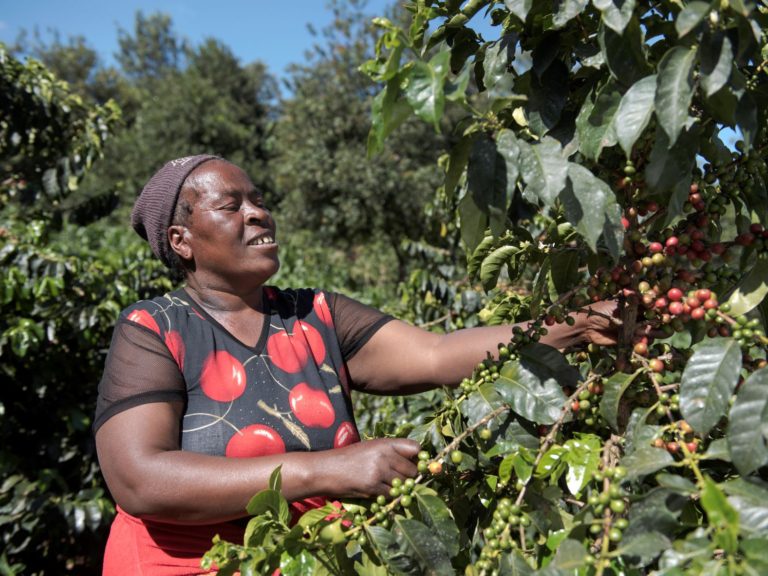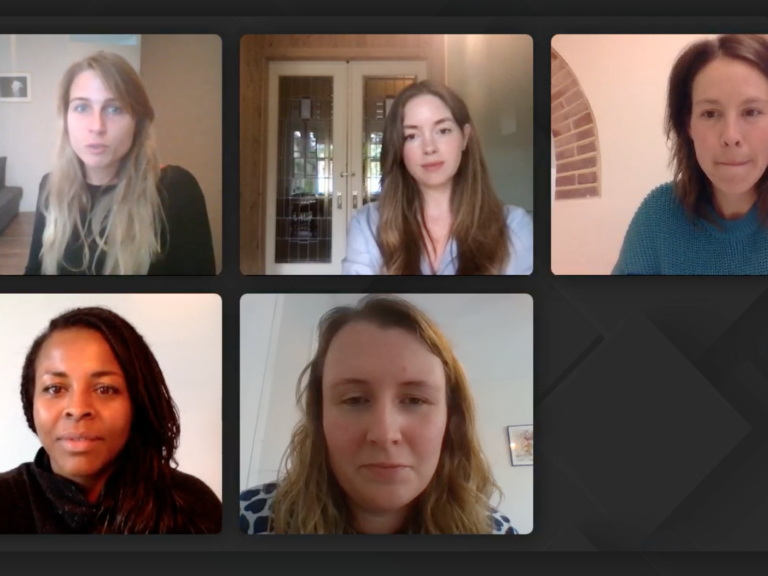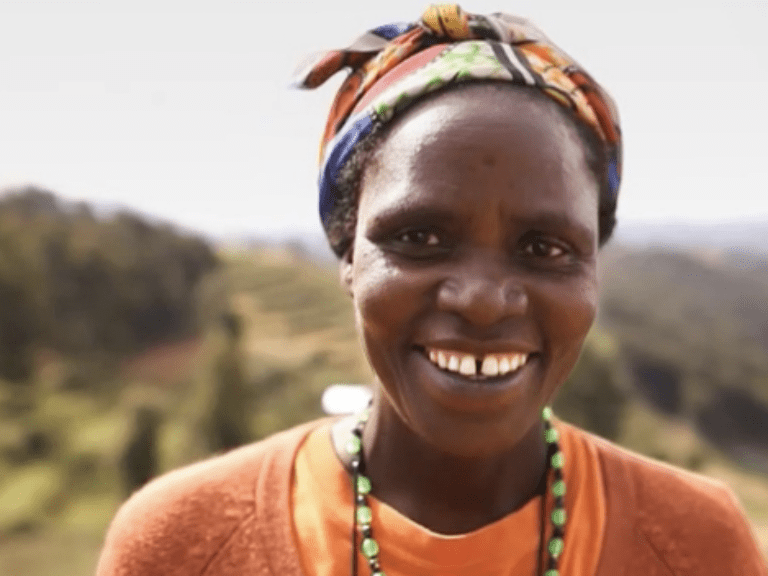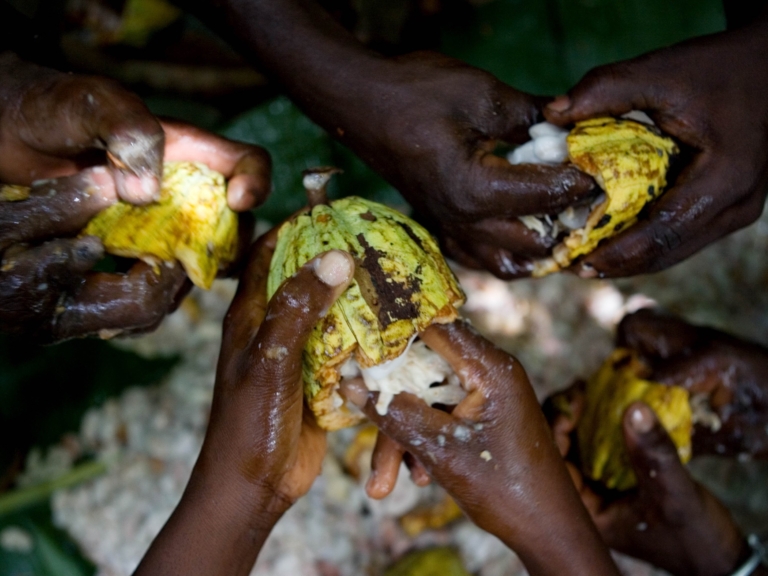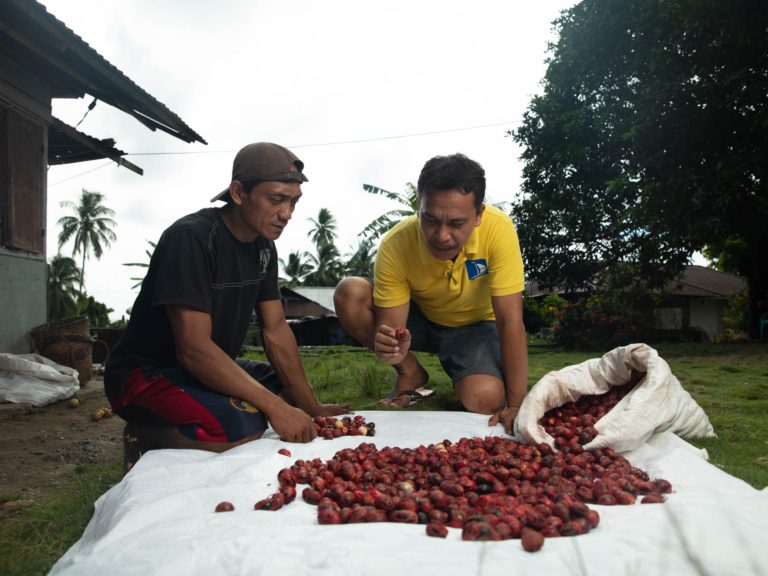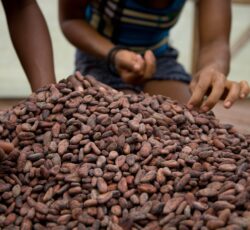What does fair value distribution mean to us?
By re-distributing value evenly along the supply chain, we ensure that farmers earn what they deserve. This depends on stakeholders coming together on the joint mission towards fairness.
Towards a fair value chain approach
The agri-food sector is tainted by a skewed distribution of value. Despite acting as the backbone for global food supply, many smallholder families are living on less than €2 a day, with living wages and incomes being far from the reality. The hypocrisy of the food sector is that while farmers are supplying a multi-billion dollar industry, they themselves are living in poverty.
The unequal distribution of value calls for a restructuring of business models and stakeholder relationships in food systems towards a fairer share of benefits. This is the essence of “fair value distribution”, which was defined by OXFAM as:
A fair distribution of value translates into business structures that seek to balance the interests of different stakeholder groups and offer an alternative to shareholder-based models
What’s traceability got to do with it?
Fairfood encourages agri-food companies to restructure the distribution of value within their supply chains in a more equitable way. The first step is to map out the supply chain and gain insight into the actors involved and the extent of insufficient pay – which we achieve through traceability.
It is important to note that these efforts benefit all stakeholders. While a fairer distribution ensures that farmers are earning a decent living, it also helps companies future-proof their practices in face of shifting consumer demands and due diligence regulations.
Want to know more? Read our latest report on fair value distribution, and learn how transparency and traceability help enhance the farmer’s position within supply chains.
Read the report Learn about Trace
